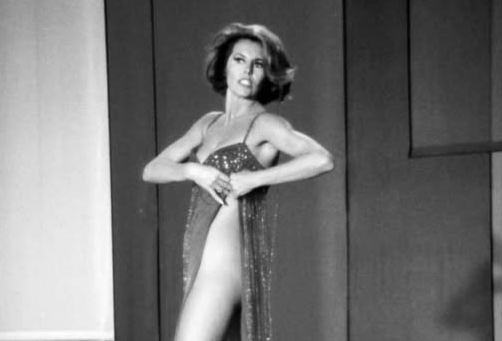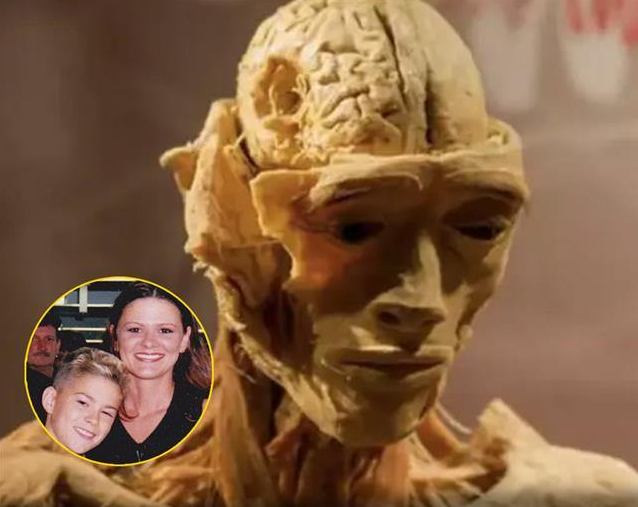Cyd Charisse possessed a rare gift—she could sing, act, and, above all, dance with a grace that turned music into living motion. Her legs, celebrated for their impossible length, became a hallmark of Hollywood’s golden era, yet her story began far from the spotlight, as Tula Ellice Finklea, a frail girl in Texas battling the aftermath of polio. Doctors prescribed ballet to rebuild her weakened frame, and what started as a remedy for survival blossomed into a lifelong calling. The child who once faltered with each step matured into a woman whose movements seemed to defy time itself. A sibling’s affectionate mispronunciation of “Sis” gave her the name “Cyd,” and Hollywood wove the rest of her legend.
Raised in Amarillo, where dust clouds loomed larger than dreams of fame, Charisse found in ballet a way to reshape both body and soul, turning fragility into artistry. By her teens, she had left Texas behind, training in Los Angeles and studying under Russian masters abroad. For a time, she adopted Russian-inspired stage names, honoring ballet’s heritage, but her essence remained distinctly her own: a blend of poised elegance and vibrant musicality.
Her entry into film came through dance, not spoken lines. Charisse’s striking beauty drew eyes, but her ability to let movement tell stories captured Hollywood’s heart. MGM, at the peak of its cinematic reign, signed her, and she transitioned from background roles to unforgettable performances. In 1952, her role in the “Broadway Melody” sequence of Singin’ in the Rain cemented her as a star. Clad in a green dress that glowed with magnetic allure, she conveyed passion and peril without a single word. One look, one sweep of those iconic legs, spoke volumes beyond any script.
What set Charisse apart was her ability to dance alongside both Gene Kelly and Fred Astaire, two titans with distinct approaches to movement. With Kelly, she was fluid yet forceful, complementing his bold, athletic energy. With Astaire, she was the ideal partner, infusing every step with lyrical precision, transforming technique into something transcendent. Their duet in The Band Wagon (1953), “Dancing in the Dark,” remains a cinematic love story—not driven by dialogue but by the unspoken certainty of two souls meant to move together.
Her brilliance lay not only in those legendary legs, immortalized in countless images, but in her mastery of phrasing. Ballet gave her structure and poise, yet she molded those forms into jazz, modern, or Broadway’s exuberance. While others impressed with rapid flourishes, Charisse captivated by lingering—extending a moment, holding it aloft, then resolving it with the sharp clarity of a taut ribbon. She gave rhythm a visible pulse.
MGM kept her in constant motion. She brought intensity to Singin’ in the Rain, elegance to The Band Wagon, charm to Silk Stockings (1957), and magnetism to Party Girl (1958). Offscreen, she was the opposite of her sultry screen personas: disciplined, professional, and reserved. She built a stable life with singer Tony Martin, her husband for six decades, crafting a Hollywood romance that outlasted the studio era itself.
Tragedy, however, touched her world. In 1979, her daughter-in-law perished in the catastrophic crash of American Airlines Flight 191, one of the worst aviation disasters in American history. Charisse faced the loss with quiet strength, later returning to the stage and guiding younger dancers with her hard-earned wisdom. In 2006, her contributions were honored with the National Medal of Arts, a fitting tribute to her enduring influence.
Charisse passed in 2008, but her films pulse with vitality. Watch The Band Wagon, and a simple park becomes a grand ballroom. Play Singin’ in the Rain, and that green dress ignites the screen. Her art was movement, her expression boundless. Long after voices fall silent, Cyd Charisse’s legacy continues to dance.






